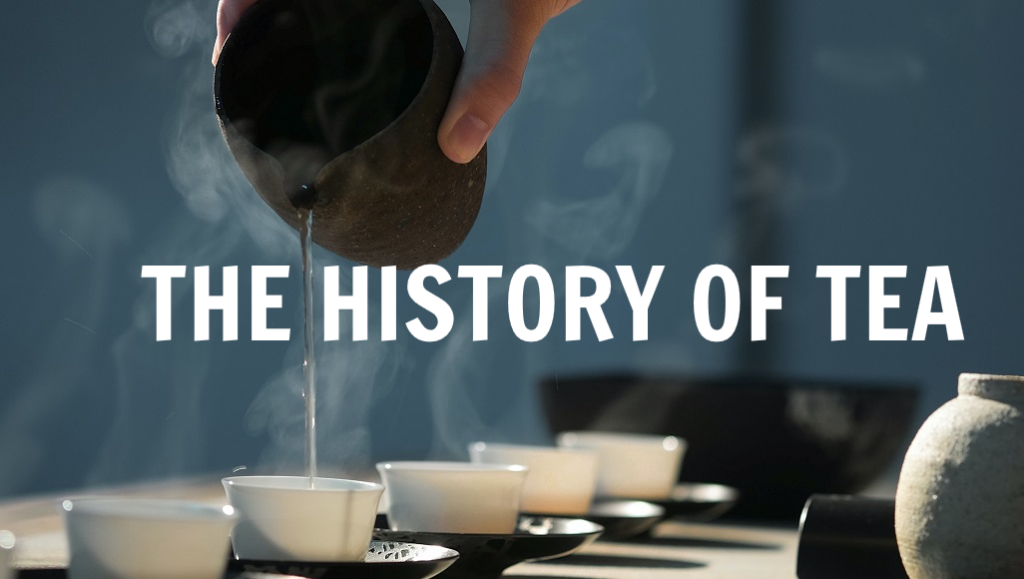The earliest known use of tea can be traced back to ancient China, where it was used for medicinal purposes as early as the 3rd century AD. According to legend, the Chinese emperor Shennong, who is also credited with discovering other herbs and plants with medicinal properties, accidentally discovered tea when a few tea leaves fell into his boiling water.
Tea drinking soon became a popular social activity in China, and by the Tang dynasty (618-907 AD), tea had become an important commodity and a symbol of Chinese culture. Tea was also introduced to Japan in the 9th century by Buddhist monks who had traveled to China to study, and it quickly became a part of Japanese culture as well.
In addition to its use as a beverage, tea was also used for its beneficial properties in traditional Chinese medicine, where it was believed to have a variety of benefits for overall wellness, including improving digestion, reducing inflammation, and promoting relaxation.
Over time, tea became an important commodity in international trade, with European traders bringing tea back to Europe in the 16th and 17th centuries. Today, tea is one of the most popular beverages in the world, with many different varieties and flavors available, and it continues to be valued for its taste, wellness benefits, and cultural significance.
There are many different plants that are used to make tea, but the most common are:
- Camellia sinensis: This is the plant that is used to make traditional tea, including black tea, green tea, and oolong tea. The leaves of the Camellia sinensis plant are harvested, processed, and brewed to make tea.
- Mint: Mint is often used to make herbal teas, and is known for its refreshing and soothing properties. Spearmint and peppermint are the most common types of mint used in tea.
- Chamomile: Chamomile flowers are used to make a popular herbal tea that is known for its calming and relaxing properties.
- Rooibos: Rooibos is a plant that is native to South Africa, and is used to make a caffeine-free herbal tea that is rich in antioxidants.
- Ginger: Ginger root is often used to make a spicy and invigorating tea that is believed to aid digestion and reduce inflammation.
- Hibiscus: Hibiscus flowers are used to make a tart and fruity herbal tea that is rich in vitamin C and antioxidants.
- Lemon balm: Lemon balm leaves are used to make a citrusy and aromatic herbal tea that is believed to have a calming effect on the mind and body.
These are just a few examples of the many different plants that can be used to make tea. There are countless other herbs, fruits, and flowers that can be brewed to make a delicious and healthful beverage.
